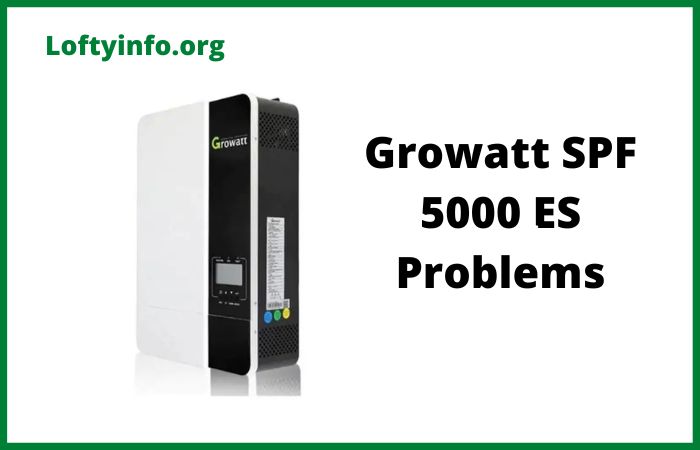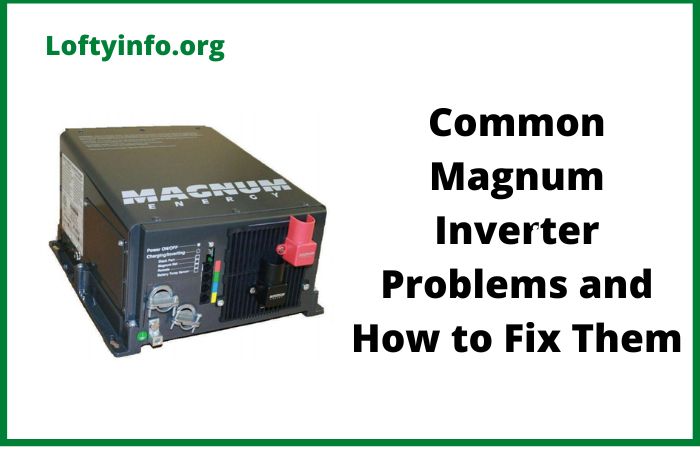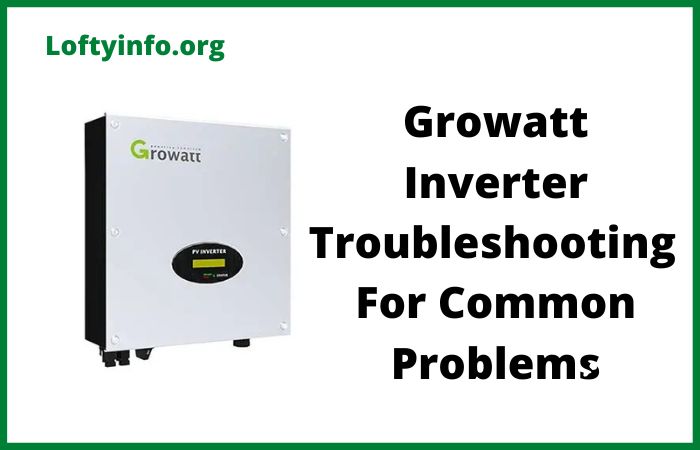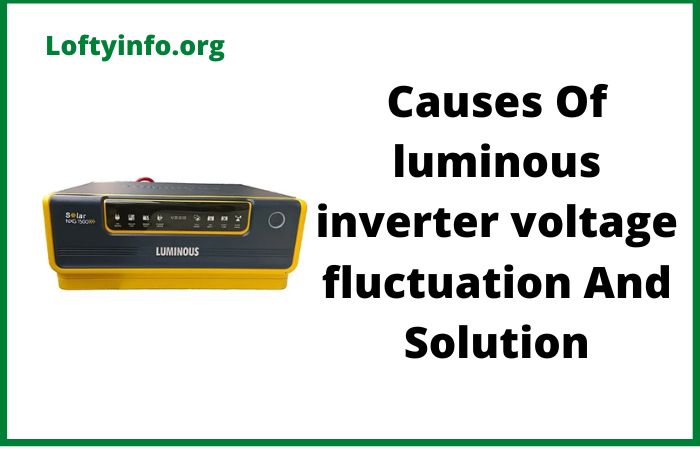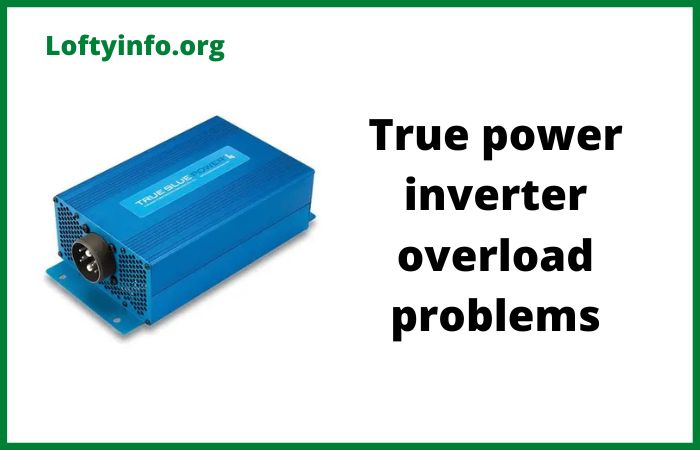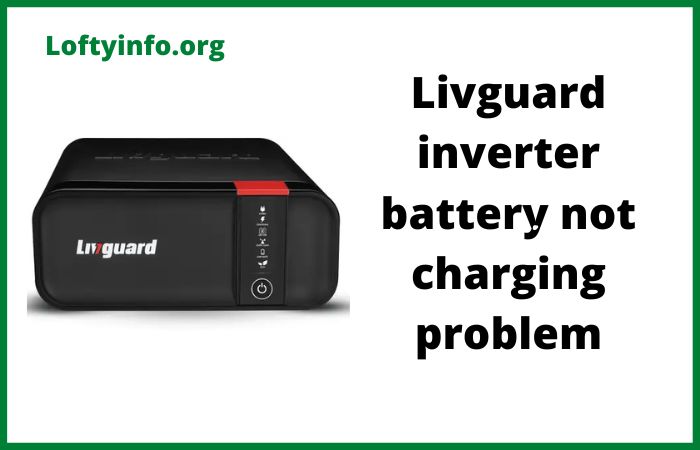Limitations of Going Off-Grid with a 12v Solar System
When most people dream of off-grid living, they envision endless freedom powered by clean and renewable energy.
The appeal is undeniable.
No monthly electric bills, complete energy independence and the satisfaction of living sustainably.
Many newcomers to off-grid life gravitate toward 12V solar systems, drawn by their apparent simplicity and lower upfront costs.
While 12V systems can work beautifully for basic needs like lighting and small electronics, they come with significant limitations that can turn your off-grid paradise into a daily struggle with power management.
In this guide, we will look at the Limitations of Going Off-Grid with a 12v Solar System.
Challengess of Going Off-Grid with a 12v Solar System
1. Inefficient Energy Transmission due to higher amps draw
The most fundamental issue with 12V systems lies in basic electrical physics.
When you need to deliver a specific amount of power, voltage and current have an inverse relationship described by the simple formula: Power = Voltage × Current.
This means that at lower voltages, you need dramatically higher current to achieve the same power output.
Consider this real-world example of running a 1,200-watt microwave.
In a typical household 220V AC system, this appliance draws approximately 5.5 amps.
But in a 12V system, that same microwave would theoretically require 100 amps.
This massive current draw can create a lot of problems.
First, you need much thicker cables to safely carry these high currents without overheating.
What might require 12-gauge wire in a 220V system could need 2-gauge or even thicker cables in a 12V setup.
These heavy-duty cables are expensive, difficult to work with and take up significant space in your electrical panel.
The inefficiency gets worse with distance due to voltage drop which is the loss of electrical pressure as power travels through wires
The voltage drop becomes more problematic with high current.
Heat generation is another serious concern.
High current produces heat through resistance and this heat is wasted energy that reduces your system’s overall efficiency and can lead to a fire outbreak if severe.
2. Inverter Bottlenecks: When Less Voltage Means Less Power
Inverters convert your stored DC battery power into the AC power most household appliances require.
In 12V systems, these crucial components face significant design limitations that directly impact what you can power and how you can use your electricity.
The fundamental challenge is that 12V inverters must work much harder to produce the same AC output as their higher-voltage counterparts.
A 3,000 watt inverter running on 12V needs to draw 250 amps from your battery bank while the same power output from a 48V inverter requires only about 63 amps.
This massive current demand affects every aspect of the inverter’s design and performance.
Continuous power ratings suffer in 12V inverters.
While you might find a 12V inverter rated for 3,000 watts, its ability to sustain that output is often limited by heat buildup and component stress.
Many 12V inverters can only maintain their rated output for minutes rather than hours, making them unsuitable for powering energy hungry appliances like electric water heaters, large power tools or multiple appliances simultaneously.
Surge power limitations are even more restrictive.
Many appliances require 2-3 times their running power just to start up,
Think of the initial motor surge when your refrigerator compressor kicks in.
12V inverters often struggle with these surge demands, leading to frustrating situations where appliances won’t start even though their running power is well within the inverter’s continuous rating.
The problem gets worse when you want to run multiple devices.
That morning routine of running the coffee maker while the microwave heats breakfast becomes impossible when your inverter can’t handle both loads simultaneously.
Due to this, You end up constantly managing power usage by turning devices on and off in sequence.
3. High Maintenance
Off-grid living already requires more hands-on system management than grid-connected homes but 12V systems amplify this maintenance burden significantly.
The root cause lies in the system complexity required to handle high-current, low-voltage power distribution.
Battery maintenance becomes particularly demanding in 12V systems.
Since you need more batteries to achieve adequate capacity, you have more cells to monitor, more connections to inspect and more potential failure points to watch.
Each battery connection must be kept clean and tight.
Loose connections create resistance which generates heat and wastes power.
With 12V systems requiring more parallel connections, you’re constantly checking and maintaining these critical joints.
The high current demands also stress connections throughout the system.
Terminals, fuses and switches all work harder in 12V applications leading to accelerated wear and more frequent replacement needs.
A loose connection that might cause minor inefficiency in a higher-voltage system can create dangerous heat buildup in a 12V setup.
Troubleshooting becomes more complex with multiple parallel battery strings.
When performance drops, identifying which battery or connection is causing problems requires systematic testing of each component.
The more batteries and connections you have, the more time-consuming this diagnostic process becomes.
Regular performance monitoring is essential but time-intensive.
You need to track individual battery voltages, check for voltage drops across connections, and monitor overall system efficiency.
What might be a monthly check in a simpler system becomes a weekly or even daily routine to catch problems before they cause system failures or safety hazards.
Making the Right Choice for Your Off-Grid Journey
These limitations don’t make 12V systems inherently bad choices.
They simply mean these systems work best for specific applications and power needs.
If your off-grid setup is truly minimal perhaps a small cabin used occasionally or an RV setup focused on basic comfort, a well designed 12V system might serve you perfectly.
But if you are planning a permanent off-grid home, expect your power needs to grow over time or want the flexibility to run standard household appliances without constant power management, seriously consider starting with a higher voltage system.
The additional upfront investment in 24V or 48V components often pays for itself through improved efficiency, greater flexibility and reduced long-term maintenance costs.
The key is honest assessment of your actual needs not just your current minimal requirements.
Off-grid living has a way of expanding power demands as you discover the convenience of having electricity available for tasks you previously did manually.
Planning for this growth from the beginning can save you from expensive system redesigns down the road.
Remember that the goal of off-grid power isn’t just independence.
It is also in achieving that independence without sacrificing the quality of life you want to maintain.
Understanding these limitations of going off-grid with a 12v solar system helps ensure your off-grid power system serves your lifestyle rather than constraining it.
best methods to make a 12v solar setup run efficiently
Considerations Before Adding a Wind Turbine to your Solar Setup
Best battery for off grid solar system guide
How to configure inverter correctly before use after installation
Why inverters connected to grid damage easily and frequently

